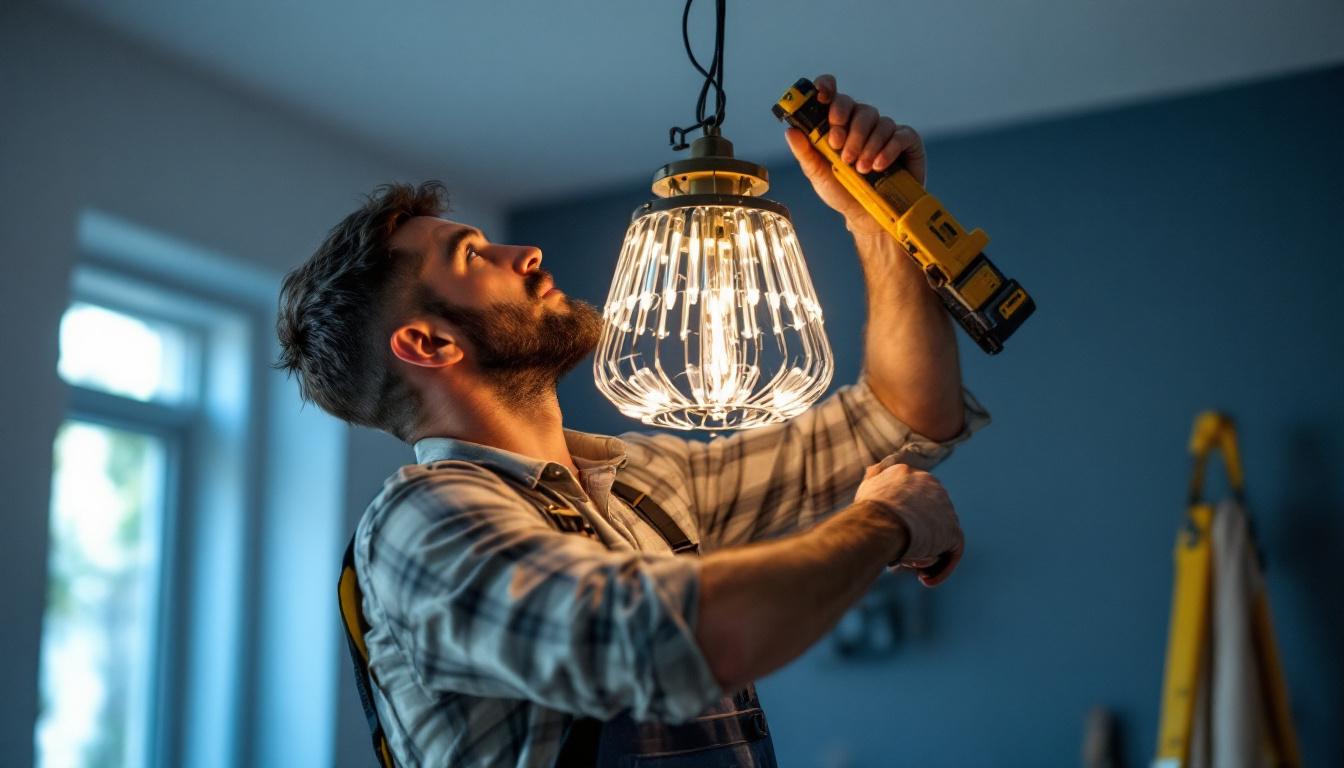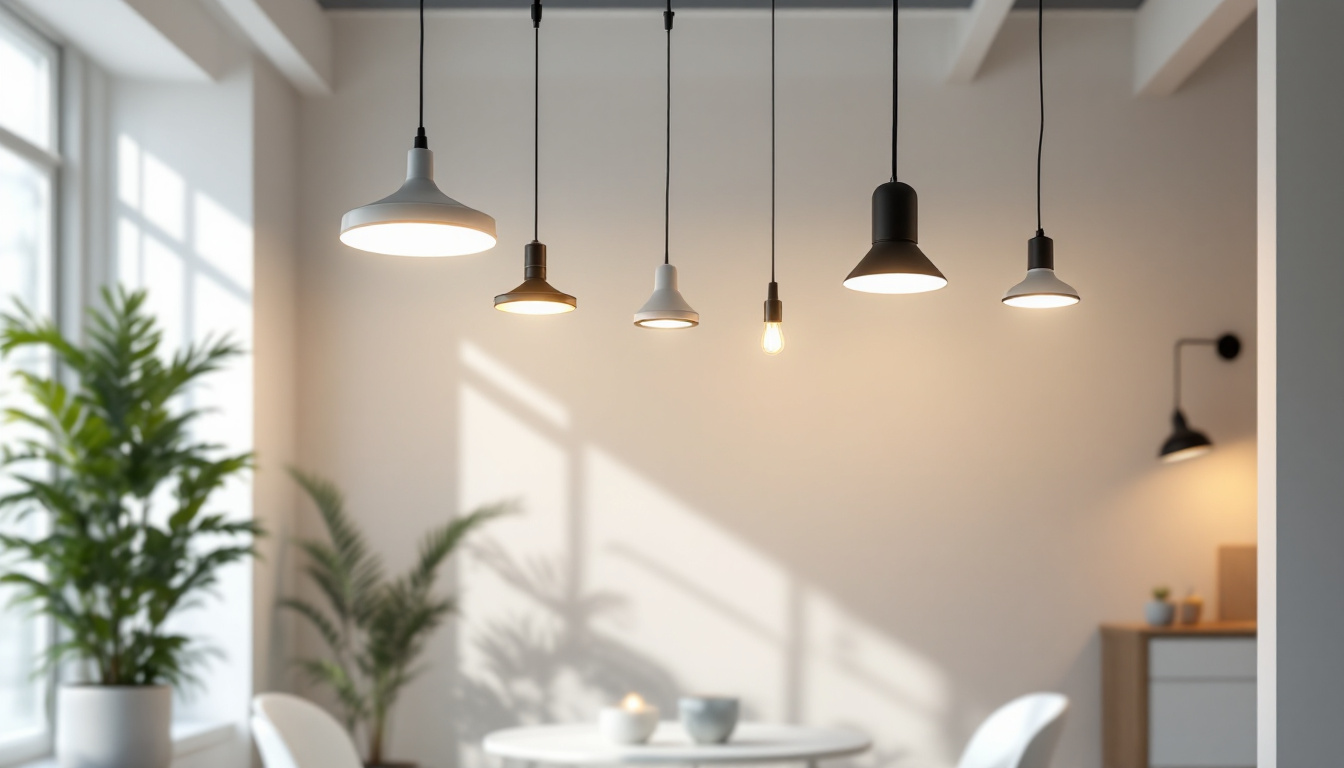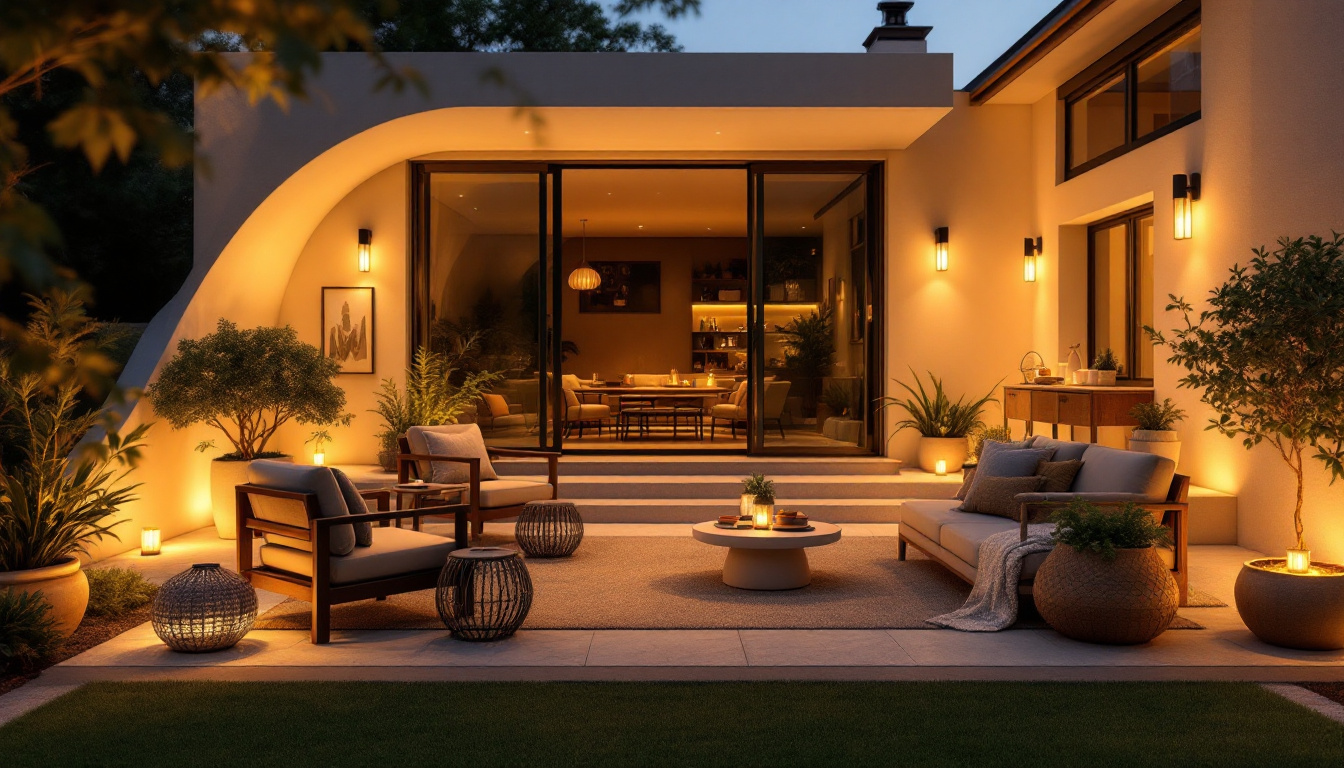
In the ever-evolving world of lighting, Type G bulbs have emerged as a significant player, particularly in commercial and residential applications. For lighting contractors, mastering the intricacies of Type G bulbs is essential to delivering high-quality installations and ensuring client satisfaction. This article delves into the various aspects of Type G bulbs, from their characteristics and applications to the resources available for contractors looking to enhance their expertise.
Type G bulbs are compact, versatile lighting solutions that come in various shapes and sizes. Known for their efficiency and longevity, they are commonly used in both indoor and outdoor settings. Their design typically features a glass envelope that houses the filament or LED components, making them suitable for a range of fixtures.
One of the defining features of Type G bulbs is their compact size, which allows for easy installation in tight spaces. They are available in various wattages, providing flexibility for different lighting needs. Additionally, Type G bulbs often come with different color temperatures, allowing contractors to choose the perfect ambiance for their projects.
Moreover, the energy efficiency of Type G bulbs is a significant selling point. With advancements in technology, many Type G bulbs now utilize LED technology, which not only reduces energy consumption but also extends the lifespan of the bulb, resulting in lower maintenance costs for clients. This shift towards LED has also contributed to a decrease in heat output, making Type G bulbs safer to use in enclosed fixtures and reducing the risk of overheating.
Type G bulbs are incredibly versatile, making them suitable for a wide range of applications. In residential settings, they are commonly used in decorative fixtures, recessed lighting, and pendant lights. Their ability to produce a warm, inviting glow makes them a popular choice for living rooms, dining areas, and bedrooms.
In commercial environments, Type G bulbs can be found in retail spaces, offices, and hospitality venues. Their bright illumination is ideal for showcasing products, creating an inviting atmosphere, and enhancing productivity in workspaces. Understanding the various applications of Type G bulbs can help contractors make informed decisions when recommending lighting solutions to clients. Furthermore, the adaptability of Type G bulbs extends to outdoor settings, where they can be used in landscape lighting, garden fixtures, and security lighting. Their durability and weather resistance ensure that they perform reliably in various environmental conditions, making them a go-to choice for outdoor lighting designs.
Additionally, the aesthetic appeal of Type G bulbs cannot be overlooked. Many designs feature vintage-inspired styles, such as Edison bulbs, which have become increasingly popular in modern decor. These bulbs not only provide functional lighting but also serve as decorative elements, enhancing the overall aesthetic of a space. As a result, Type G bulbs are often selected for their ability to blend seamlessly with both contemporary and traditional design themes, allowing homeowners and designers alike to create visually stunning environments.
Selecting the appropriate Type G bulb for a project involves considering several factors, including the intended use, desired ambiance, and energy efficiency. Lighting contractors must be well-versed in these considerations to provide optimal solutions for their clients.
The wattage of a Type G bulb directly correlates with its brightness, measured in lumens. Contractors should assess the lighting requirements of the space to determine the appropriate wattage. For instance, a cozy living room may require softer lighting, while a retail space may need brighter illumination to highlight products effectively.
Additionally, understanding the lumen output of different Type G bulbs can help contractors provide recommendations that align with client expectations. This knowledge ensures that the selected bulbs not only meet aesthetic preferences but also fulfill functional needs.
Color temperature plays a crucial role in setting the mood of a space. Type G bulbs are available in various color temperatures, typically measured in Kelvin (K). Warmer tones (around 2700K) create a cozy atmosphere, while cooler tones (above 4000K) offer a more energetic and focused environment.
Contractors should consider the purpose of the space when selecting the color temperature. For example, a restaurant may benefit from warmer lighting to create an intimate dining experience, while an office may require cooler lighting to enhance concentration and productivity.
Proper installation of Type G bulbs is crucial for ensuring optimal performance and longevity. Lighting contractors should adhere to best practices to avoid common pitfalls and ensure client satisfaction.
Before beginning any installation, safety should be the top priority. Contractors must ensure that the power supply is turned off to prevent electrical hazards. Additionally, using appropriate personal protective equipment (PPE) is essential to safeguard against potential injuries during installation.
Furthermore, contractors should be familiar with the specific requirements of the fixtures being used. Some fixtures may have unique installation guidelines that must be followed to ensure compatibility with Type G bulbs.
After installation, it is essential to test the Type G bulbs to ensure they are functioning correctly. This includes checking for flickering, color consistency, and brightness levels. Any issues should be addressed promptly to maintain client satisfaction and uphold the contractor’s reputation.
Quality assurance also extends to the materials and fixtures used in the installation process. Contractors should source high-quality components to ensure the longevity and reliability of the lighting system.
To master Type G bulbs and enhance their skills, lighting contractors can leverage a variety of resources. These resources range from online platforms to industry publications, providing valuable insights and practical knowledge.
Many organizations offer online training programs and webinars focused on lighting technologies, including Type G bulbs. These platforms provide contractors with the opportunity to learn from industry experts, gain insights into the latest trends, and stay updated on best practices.
Participating in these training sessions can also help contractors earn certifications, enhancing their credibility and marketability in the competitive lighting industry.
Staying informed about the latest developments in lighting technology is essential for contractors. Industry publications and blogs often feature articles, case studies, and product reviews that can provide valuable information about Type G bulbs and their applications.
By regularly reading these resources, contractors can gain insights into emerging trends, innovative products, and practical tips that can enhance their expertise and service offerings.
Examining real-world case studies can provide contractors with practical insights into the successful application of Type G bulbs. These examples highlight the versatility and effectiveness of these bulbs in various settings.
In a recent residential renovation, a contractor utilized Type G bulbs to transform a dimly lit living room into a bright, inviting space. By selecting bulbs with a warm color temperature and appropriate wattage, the contractor was able to create a cozy atmosphere that appealed to the homeowners’ aesthetic preferences.
The project also involved the installation of dimmer switches, allowing the homeowners to adjust the brightness according to their needs. This not only enhanced the functionality of the space but also showcased the versatility of Type G bulbs in residential applications.
In a commercial setting, a lighting contractor was tasked with illuminating a retail space to enhance product visibility and create an inviting shopping experience. By strategically placing Type G bulbs in key areas, the contractor was able to highlight featured products while maintaining a warm ambiance throughout the store.
The use of energy-efficient Type G bulbs also contributed to reduced operational costs for the retailer, demonstrating the economic benefits of selecting the right lighting solutions. This case study underscores the importance of understanding client needs and leveraging Type G bulbs effectively to achieve desired outcomes.
The lighting industry is continually evolving, with new technologies and innovations emerging regularly. Staying ahead of these trends can help lighting contractors remain competitive and offer cutting-edge solutions to their clients.
One of the most significant trends in lighting technology is the integration of smart lighting systems. Type G bulbs are increasingly being designed to work with smart home technologies, allowing users to control their lighting through mobile apps or voice commands.
This integration not only enhances convenience but also provides opportunities for energy savings and improved user experience. Contractors should familiarize themselves with smart lighting options to offer clients modern, tech-savvy solutions that align with their lifestyles.
As energy efficiency continues to be a priority for consumers and businesses alike, advancements in Type G bulb technology are expected to focus on reducing energy consumption even further. This may include the development of more efficient LED options or innovative designs that maximize light output while minimizing energy use.
Contractors should stay informed about these advancements to provide clients with the most efficient and sustainable lighting solutions available.
Mastering Type G bulbs is essential for lighting contractors looking to enhance their service offerings and meet the diverse needs of their clients. By understanding the characteristics, applications, and installation best practices of Type G bulbs, contractors can deliver high-quality lighting solutions that elevate any space.
Leveraging available resources, staying informed about industry trends, and examining successful case studies can further empower contractors to excel in their craft. As the lighting industry continues to evolve, embracing new technologies and innovations will be key to remaining competitive and providing exceptional value to clients.
Ready to elevate your lighting projects with the superior quality and value of Type G bulbs? Look no further than LumenWholesale, where we offer an extensive selection of spec-grade lighting products at unbeatable wholesale prices. Say goodbye to middleman markups and hello to reliable, high-performance lighting that meets the highest industry standards. Plus, with free shipping on bulk orders, you can stock up on premium lighting solutions without any hidden fees. Don’t compromise on quality or cost—choose LumenWholesale for the perfect blend of affordability and convenience. Wholesale Lighting at the Best Value is just a click away.

Discover how a chandelier hanging kit can revolutionize the workflow of lighting contractors, enhancing efficiency and precision in installations.

Discover how understanding IC ratings can future-proof your lighting projects.

Discover essential strategies for lighting contractors with our comprehensive guide on lighthouse bollards.

Discover the must-have lighting solutions for transforming outdoor patios into enchanting retreats.